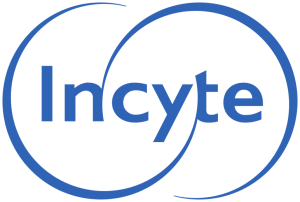The correct answer is D. Continue both aspirin and warfarin without interruption.
For MMS, even when a complexnrepair is anticipated, the overall bleeding risk remains low. The JAAD guidelines recommend continuing warfarin for dermatologic surgeries if the INR is therapeutic (typically 2.0–3.0) or below 3.5 if on both aspirin and warfarin. The INR should be checked 2-3 days prior to surgery. Both medications should be continued as interruption increases thromboembolic risk, particularly in atrial fibrillation. The concomitant use of both aspirin and warfarin increases the risk of postoperative bleeding (e.g., bruising or hematoma), but not enough to outweigh the risk of discontinuation.
Discontinuing both medications and bridging to low molecular weight heparin is incorrect because the overall bleeding risk is low, and does not lower the thrombotic risk. Stopping aspirin in patients with PAD (secondary prevention) is incorrection because that increases the risk of thrombotic events. Stopping warfarin is incorrect because it increases the risk of cardioembolic stroke in patients with atril fibrillation. Switching anticoagulation regimens before minor surgery is unnecessary and could increase both thrombotic and bleeding risks during transition.
References:Trager MH, Gordon ER, Humphreys TR, Samie FH. Part 1: Management of antithrombotic medications in dermatologic surgery. J Am Acad Dermatol. 2025;92(3):389–404.
Brought to you by our brand partner


